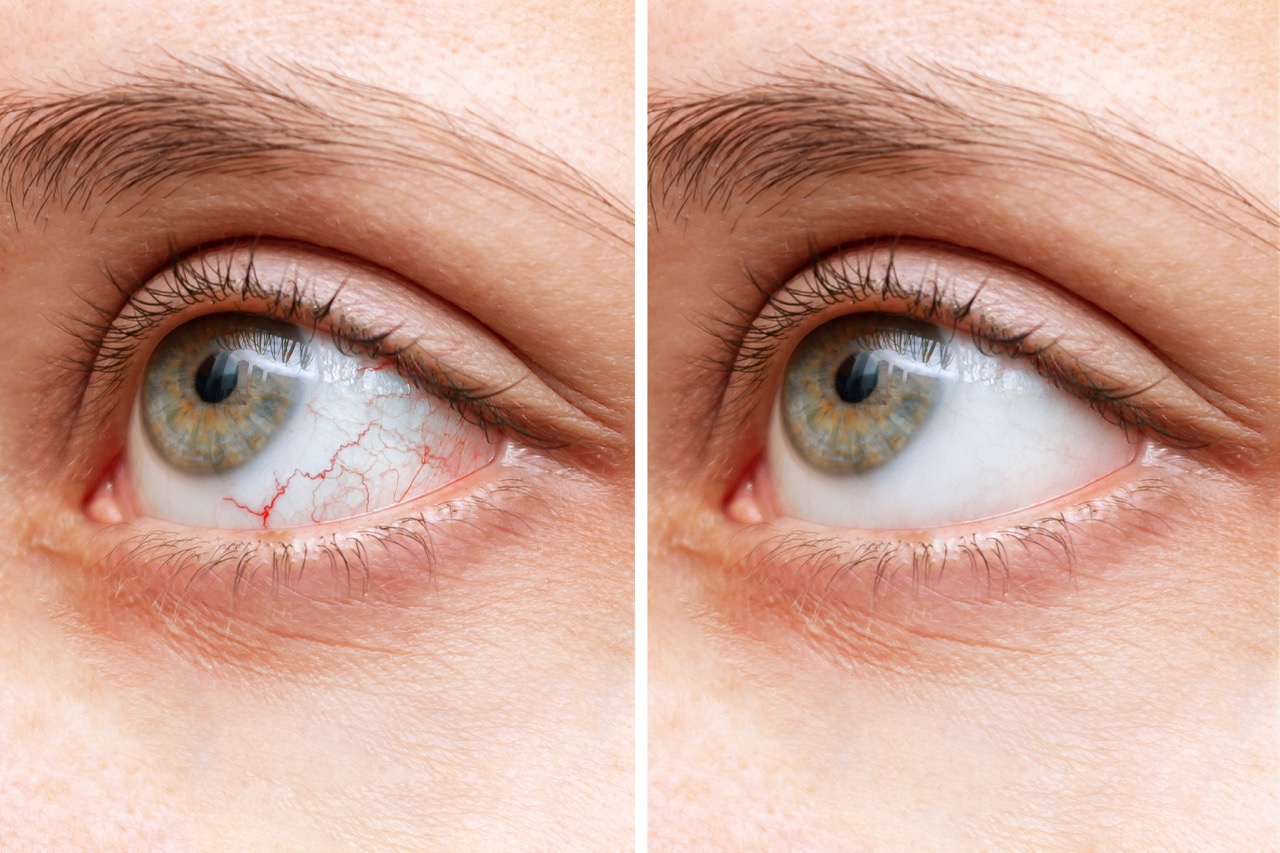
The clinic offers a wide range of treatment for dry eye and its underlying causes. Options available include medical management, FORMA, and IPL (intense pulse light) to reduce the symptoms and maintain a better tear film.
Dry eye is a common condition where the eyes don’t produce enough tears, or the quality of the tears is poor, leading to insufficient moisture and lubrication on the surface of the eye. This can cause discomfort, irritation, and sometimes vision problems. Tears are essential for eye health, as they help keep the surface of the eye smooth, wash away debris, and protect against infections.
Dry eye is usually manageable with treatment, but chronic cases may require ongoing care to maintain eye comfort and health.